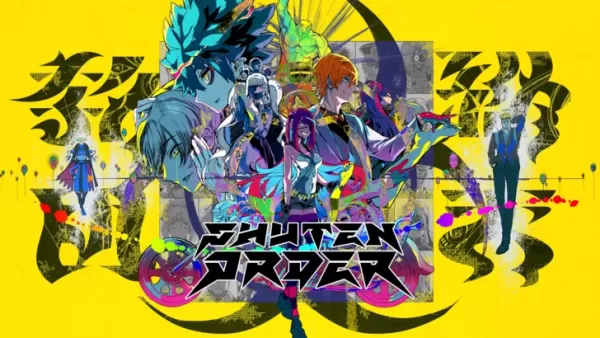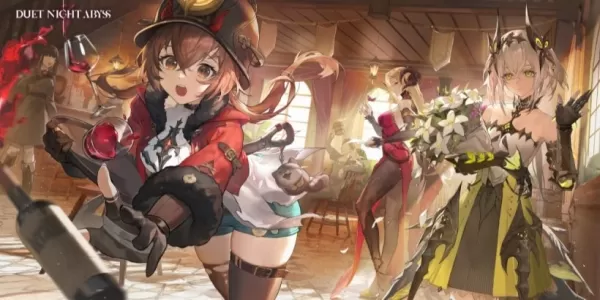The mid-1980s marked a golden era for Marvel Comics, both creatively and financially. Having overcome the financial struggles of the late 1970s, largely thanks to the success of Star Wars, Marvel was poised to revolutionize the comic book industry with the launch of Secret Wars in 1984. This event had profound effects on the Marvel Universe and the broader comic industry, setting new trajectories for Marvel's iconic heroes and villains that would resonate for years.
This period also saw the release of other landmark stories, such as Frank Miller's Born Again arc in Daredevil, the return of Jean Grey in X-Factor, and Walt Simonson's Surtur Saga in Thor, among others. In this article, we delve into these pivotal narratives and other significant stories from the same timeframe. Join us as we continue our exploration of Marvel's essential issues in Part 8 of our series!
More Essential Marvel
- 1961-1963 - The Birth of a Universe
- 1964-1965 - The Sentinels Are Born and Cap Dethaws
- 1966-1969 - How Galactus Changed Marvel Forever
- 1970-1973 - The Night Gwen Stacy Died
- 1974-1976 - The Punisher Begins His War on Crime
- 1977-1979 - Star Wars Saves Marvel From Bankruptcy
- 1980-1982 - Did the Dark Phoenix Saga Usher in the Greatest Decade for Marvel?
Frank Miller's Born Again and Walt Simonson's Surtur Saga
For some of the most celebrated storylines of this era, look no further than Born Again, Frank Miller's return to writing Daredevil, this time with David Mazzuchelli on art. Spanning Daredevil #227-233, this arc is often considered the definitive Daredevil story. It follows Karen Page, who, in a desperate state of addiction, sells Daredevil's secret identity for heroin. The information eventually reaches the Kingpin, who uses it to systematically dismantle Matt Murdock's life, leaving him homeless, jobless, and isolated. Matt hits rock bottom before being rescued by his mother, a nun named Maggie.
Matt's gradual resurgence as Daredevil, coupled with the Kingpin's descent into fanaticism, crafts a compelling narrative. This story was loosely adapted in Season 3 of Netflix's Daredevil and will inspire the upcoming Disney+ series Daredevil: Born Again.
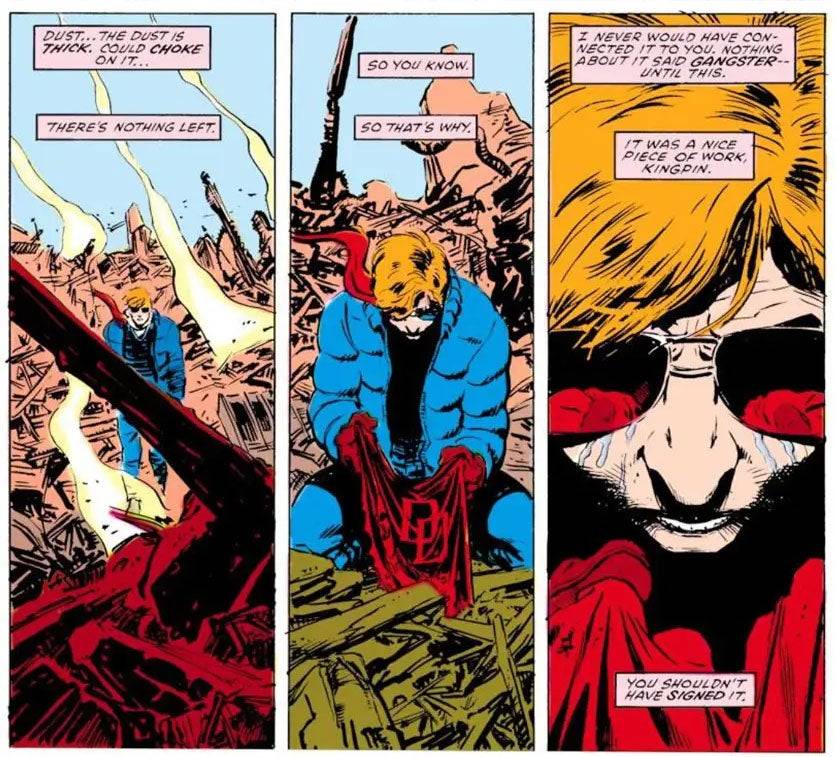
Walt Simonson's tenure on Thor, starting with issue #337 in 1983, introduced Beta Ray Bill, an alien worthy of wielding Mjolnir. Simonson's work revitalized Thor's narrative with a mythic fantasy feel, culminating in the year-long Surtur Saga from #340-353. This saga features the fire demon Surtur, ruler of Muspelheim, attempting to trigger Ragnarok with the Twilight Sword. He sends Malekith the Accursed to distract Thor, allowing time to forge the sword. The story reaches its climax with Thor, Loki, and Odin united against Surtur. Elements of this saga were later adapted into the films Thor: The Dark World and Thor: Ragnarok.
Secret Wars Changes Comics Forever
In Part 4 of this series, we explored how the 1973 Avengers/Defenders War foreshadowed the event crossovers that would become a staple for Marvel and DC. This trend fully emerged in 1984 with Secret Wars, a 12-issue miniseries crafted by then Editor-in-Chief Jim Shooter, with art by Mike Zeck and Bob Layton. Conceived as a marketing tie-in with Mattel for a toy line, the story revolves around the Beyonder, a cosmic entity who transports a selection of Marvel heroes and villains to Battleworld to determine the supremacy of good versus evil. The series, while popular for its expansive cast and universe-altering impact, often lacks depth in character development, with some characters, like the X-Men, acting out of character. Notably, Magneto and the Wasp form an unexpected alliance.
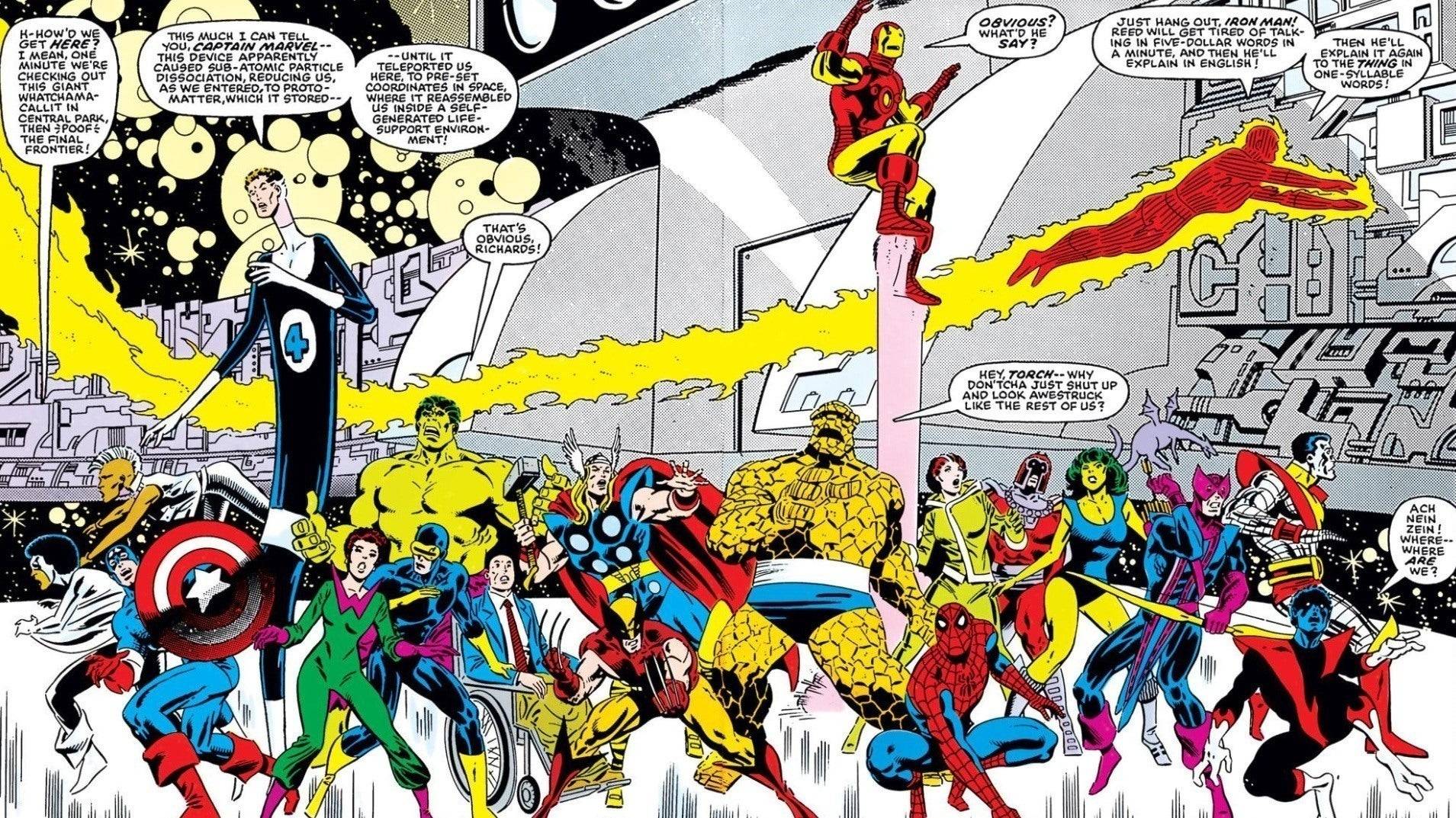
Despite its narrative shortcomings, Secret Wars had a lasting impact on the comic industry. Its success led to Secret Wars II and, alongside DC's Crisis on Infinite Earths, established the event story model as a dominant format in comic publishing.
Spider-Man’s Symbiote Suit and Other Iconic Spidey Stories
Following the foundational runs by Stan Lee and Gerry Conway, Amazing Spider-Man found its next iconic writer in Roger Stern. Starting with issue #224, Stern's two-year tenure revitalized the series, introducing the Hobgoblin in issue #238, who quickly became one of Spider-Man's most formidable adversaries. Stern's original Hobgoblin saga, though cut short by his departure after issue #251 due to editorial interference, was later concluded by Stern in the 1997 miniseries Spider-Man: Hobgoblin Lives.
Just as Stern left, Amazing Spider-Man #252 introduced Spider-Man's black symbiote costume, which debuted on Battleworld in Secret Wars #8. This costume sparked a significant subplot leading to the emergence of one of Spider-Man's most iconic villains. The black costume has been adapted across various media, including Sam Raimi's Spider-Man 3, multiple animated series, and Insomniac's Spider-Man 2. Another notable story from this period is The Death of Jean DeWolff in Spectacular Spider-Man #107-110, penned by Peter David and Rich Buckler. This dark tale involves Spider-Man's pursuit of the Sin-Eater, who killed his ally Jean DeWolff, and his subsequent conflict with Daredevil over justice.
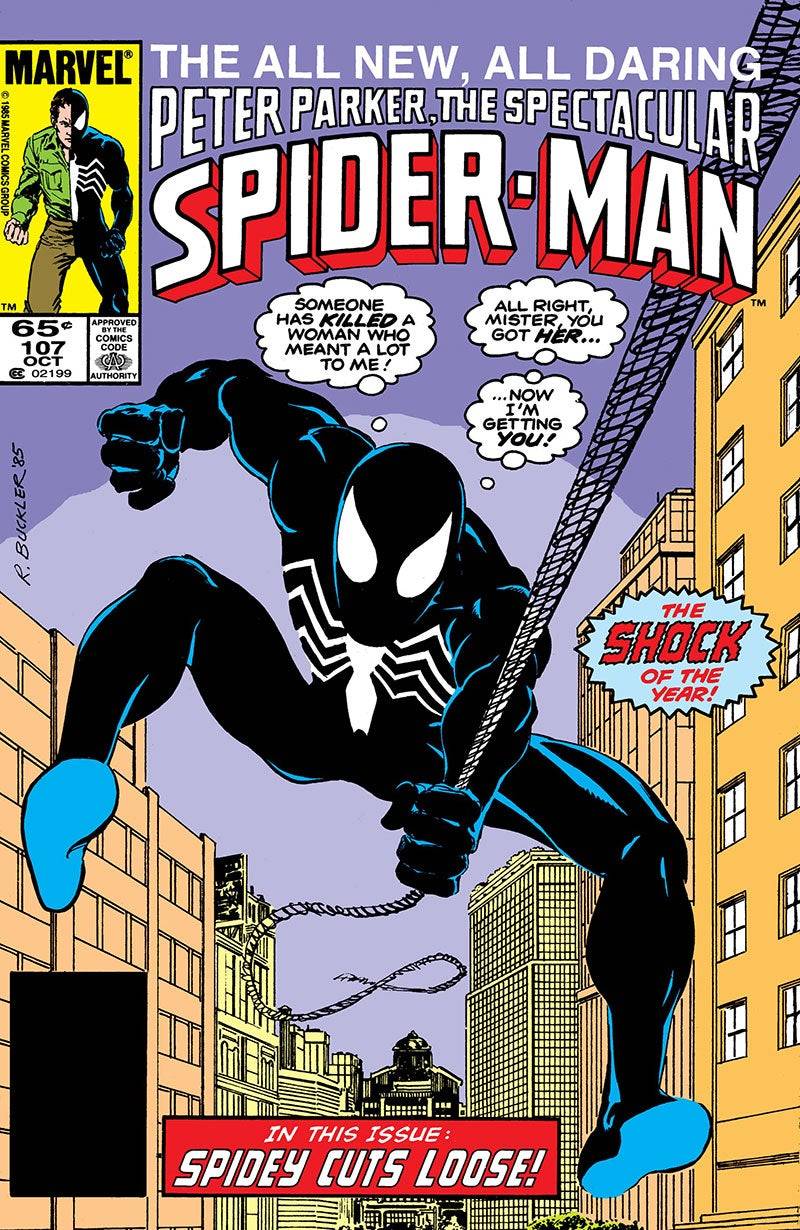
Jean Grey Returns, the Rise of Apocalypse, and Other Mutant Landmarks
The mid-1980s were also a transformative time for Marvel's mutants. Vision and the Scarlet Witch #4 confirmed Magneto as the father of Quicksilver and Scarlet Witch, a revelation that stood for decades until a 2015 retcon. X-Men #171 saw Rogue defect from the Brotherhood of Evil Mutants to join the X-Men, cementing her status as a beloved heroine. Similarly, X-Men #200 marked Magneto's transition from villain to hero, as he took charge of Xavier's School for the Gifted following his trial. This storyline was adapted in the second episode of X-Men '97.
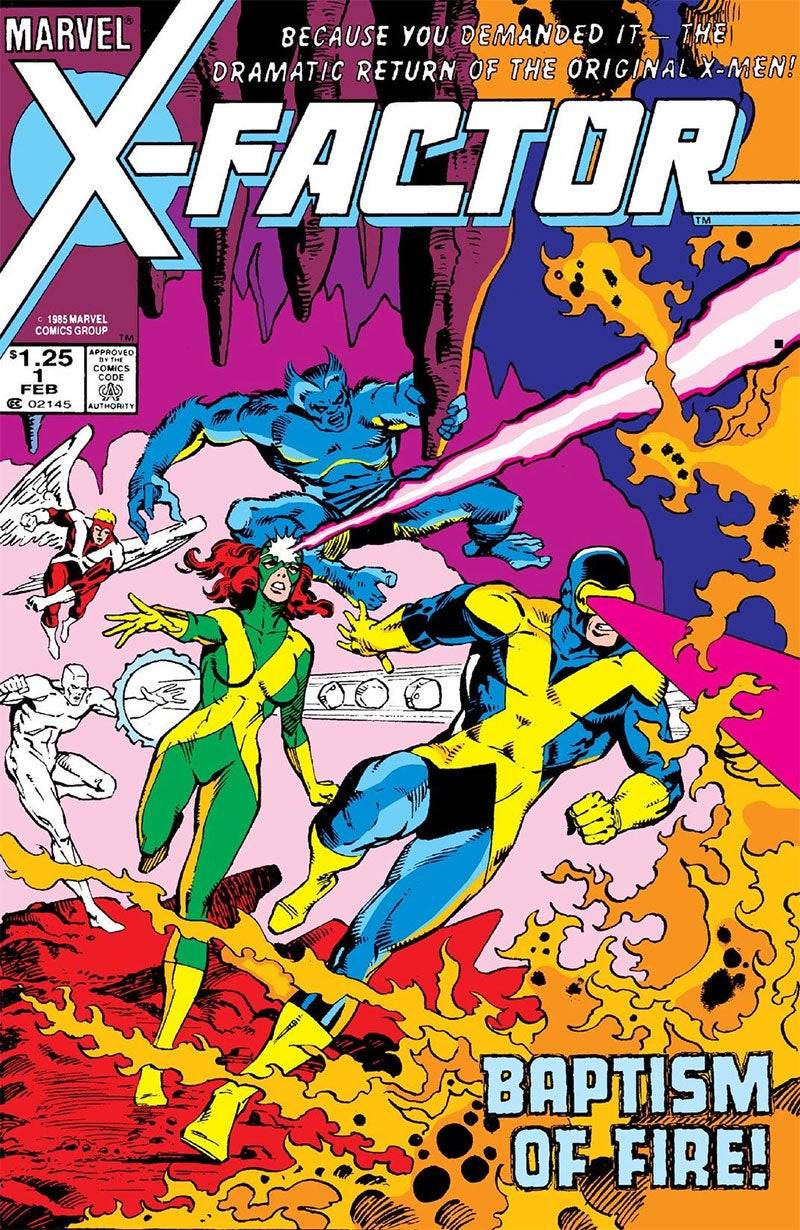
The most significant mutant developments of this period were the resurrection of Jean Grey and the introduction of Apocalypse. After the Dark Phoenix Saga, Jean Grey returned in a two-part story across Avengers #263 and Fantastic Four #286, with her body recovered from an underwater capsule. With no memory of her time as Phoenix, Jean reunited with the original X-Men to form X-Factor. In X-Factor #5-6, Louise Simonson and Jackson Guice introduced Apocalypse, an ancient Egyptian mutant enhanced by Celestial technology, who became a central antagonist in the X-Men universe. Apocalypse's influence extended to various adaptations, including the 2016 film X-Men: Apocalypse.


